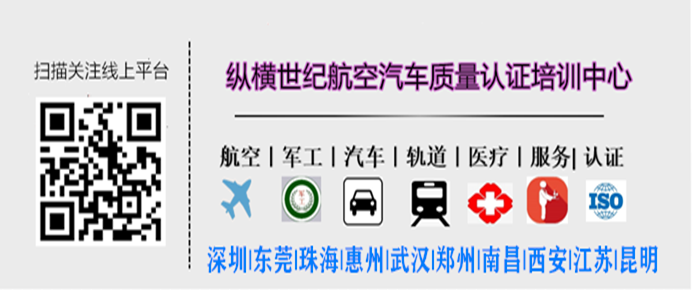
简介
0.1 总则
采用质量管理体系是组织的一项战略决策,能够帮助其提高整体绩效,为推动可持续发展奠定良好基础。
组织根据本标准实施质量管理体系具有如下潜在益处:
a. 持续提供满足顾客要求以及适用的法律法规要求的产品和服务的能力;
b. 促成增强顾客满意的机会;
c. 应对与组织环境和目标相关的风险和机遇;
d. 证实符合规定的质量管理体系要求的能力。
内部和外部各方均可使用本标准。
实施本标准并不意味着需要:
—— 统一不同质量管理体系的架构;
—— 形成与本标准条款结构相一致的文件;
—— 在组织内使用本标准的特定术语。
本标准规定的质量管理体系要求是对产品和服务要求的补充。
本标准采用过程方法,该方法结合了PDCA(策划、实施、检查、处置)循环与基于风险的思维。
过程方法使组织能够策划其过程及其相互作用。
PDCA循环使组织能够确保其过程得到充分的资源和管理,确定改进机会并采取行动。
基于风险的思维使组织能够确定可能导致其过程和质量管理体系偏离策划结果的各种因素,采取预防控制,最大限度地降低不利影响,并最大限度地利用出现的机遇(见附录A.4)。
在日益复杂的动态环境中持续满足要求,并针对未来需求和期望采取适当行动,这无疑是组织面临的一项挑战。为了实现这一目标,组织可能会发现,除了纠正和持续改进,还有必要采取各种形式的改进,如突破性变革、创新和重组。
在本标准中使用如下助动词:
“应”表示要求;
“宜”表示建议;
“可以”表示允许;
“能”表示可能或能够。
“注”的内容是理解和说明有关要求的指南。
0.1General
The adoption of a quality management system is a strategic decision for an organization that can help to improve its overall performance and provide a sound basis for sustainable development initiatives.
The potential benefits to an organization of implementing a quality management system based on this International Standard are:
a. the ability to consistently provide products and services that meet customer and applicable statutory and regulatory requirements;
b. facilitating opportunities to enhance customer satisfaction;
c. addressing risks and opportunities associated with its context and objectives;
d. the ability to demonstrate conformity to specified quality management system requirements.
This International Standard can be used by internal and external parties.
It is not the intent of this International Standard to imply the need for:
——uniformity in the structure of different quality management systems;
——alignment of documentation to the clause structure of this International Standard;
——the use of the specific terminology of this International Standard within the organization.
The quality management system requirements specified in this International Standard are complementary to requirements for products and services.
This International Standard employs the process approach, which incorporates the Plan-Do-Check-Act (PDCA) cycle and risk-based thinking.
The process approach enables an organization to plan its processes and their interactions.
The PDCA cycle enables an organization to ensure that its processes are adequately resourced and managed, and that opportunities for improvement are determined and acted on.
Risk-based thinking enables an organization to determine the factors that could cause its processes and its quality management system to deviate from the planned results, to put in place preventive controls to minimize negative effects and to make maximum use of opportunities as they arise (see Clause A.4).
Consistently meeting requirements and addressing future needs and expectations poses a challenge for organizations in an increasingly dynamic and complex environment. To achieve this objective, the organization might find it necessary to adopt various forms of improvement in addition to correction and continual improvement, such as breakthrough change, innovation, and re-organization.
In this International Standard, the following verbal forms are used:
“shall” indicates a requirement;
“should” indicates a recommendation;
“may” indicates a permission;
“can” indicates a possibility or a capability.
Information marked as “NOTE” is for guidance in understanding or clarifying the associated requirement.
